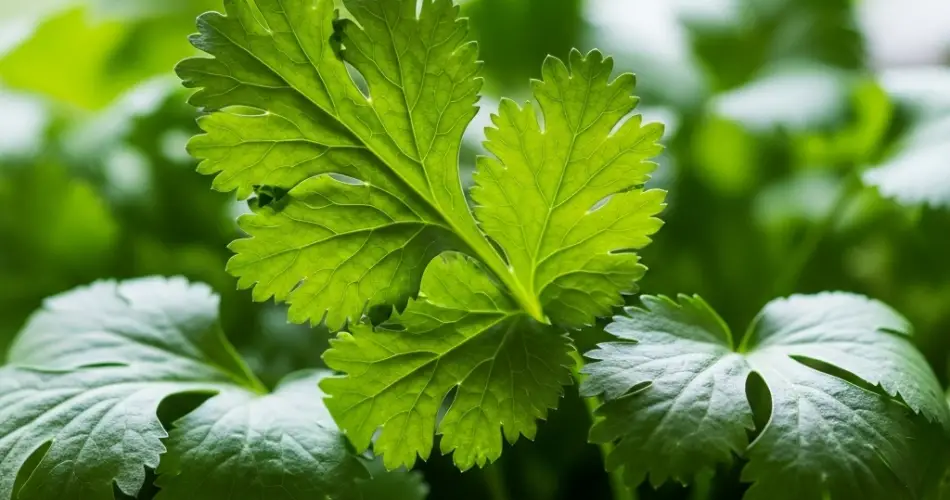Cilantro, also known as coriander, is a versatile herb grown for both its leafy greens and its aromatic seeds. Understanding how to harvest cilantro correctly ensures a longer growing season, continuous leaf production, and a good seed yield. This guide will walk you through the best practices for harvesting both parts of the plant without damaging it, so you can enjoy fresh flavors and spice for months.
Understanding the Cilantro Plant Lifecycle
Cilantro is a fast-growing annual herb that completes its life cycle in a matter of weeks. In cooler climates, it can last longer, while in hot weather it tends to bolt quickly — sending up a flower stalk and transitioning from leafy production to seed formation. For optimal harvesting, it’s crucial to know the different stages of the plant:
-
Leaf stage: When the plant is young and producing lush green leaves. This is the best time to harvest for culinary use.
-
Bolting stage: When temperatures rise, the plant shifts to reproduction, producing flowers and then seeds. At this point, leaf quality declines, but seed production begins.
When and How to Harvest Cilantro Leaves
To enjoy cilantro leaves over an extended period, it’s important to start harvesting early and frequently.
-
Timing: Start harvesting when the plant is about 6 inches tall, usually 3–4 weeks after sowing. Avoid waiting too long, as older leaves can become bitter.
-
Method: Use sharp scissors or your fingers to snip off the outer leaves first, leaving the inner growing tips intact. This method encourages new growth and keeps the plant bushy.
-
Frequency: Harvest weekly to prevent the plant from maturing too quickly. Cutting it back regularly delays bolting, especially in cool conditions.
-
Tips to Promote Continued Growth:
-
Always leave at least one-third of the plant untouched to allow for recovery.
-
Avoid cutting the central stem until you notice the plant starting to flower. Once it bolts, leaf production will stop.
-
How to Encourage Bushier Growth
If you want a fuller cilantro plant, pinch off the top growing tips regularly. This signals the plant to produce side shoots instead of growing tall. By doing this, you extend the leaf harvesting window and help the plant resist bolting for a bit longer.
Additionally, planting cilantro in partial shade or during the cooler months can delay flowering, allowing for a longer leaf harvest.
Transitioning to Seed Harvesting
Once cilantro starts to bolt and produce flowers, it’s time to shift your focus from leaves to seeds.
-
Identifying Flowering: When you see small white or pink flowers appear, don’t cut them off. Let them mature naturally. These blooms will eventually turn into clusters of green seeds, also known as coriander.
-
Seed Maturation: Over the course of a few weeks, the green seeds will turn brown and dry out. This is your cue to harvest.
-
Harvesting Seeds:
-
Use scissors to snip off entire seed heads when they start to brown.
-
Place them upside down in a paper bag and hang the bag in a dry, cool place for a week or two to complete the drying process.
-
Once fully dry, shake the seed heads inside the bag to release the seeds.
-
-
Storage: Store coriander seeds in a glass jar or airtight container in a cool, dark pantry. Properly stored, they can last up to a year and be used whole or ground in cooking.
Pro Tips for Dual Harvesting
-
Stagger your planting: Sow seeds every two to three weeks to ensure a constant supply of fresh leaves and a separate batch maturing for seeds.
-
Choose the right variety: Some cilantro varieties are slower to bolt and better for leaf harvests, while others are quicker to produce seeds. Pick according to your preference or plant both.
-
Water consistently: Cilantro likes moist soil but not soggy conditions. Dry soil encourages bolting.
-
Provide partial shade in warm climates: Too much heat speeds up flowering. Shade helps prolong the leafy stage.
Final Thoughts
Harvesting cilantro for both leaves and seeds requires some timing and attention, but it’s well worth the effort. By starting with regular leaf trimming and allowing a few plants to flower and set seed, you get to enjoy the full spectrum of what cilantro offers. Whether you use the leaves fresh in salsas or the seeds dried for curries and spice blends, learning to manage the harvest properly makes this humble herb incredibly rewarding.



